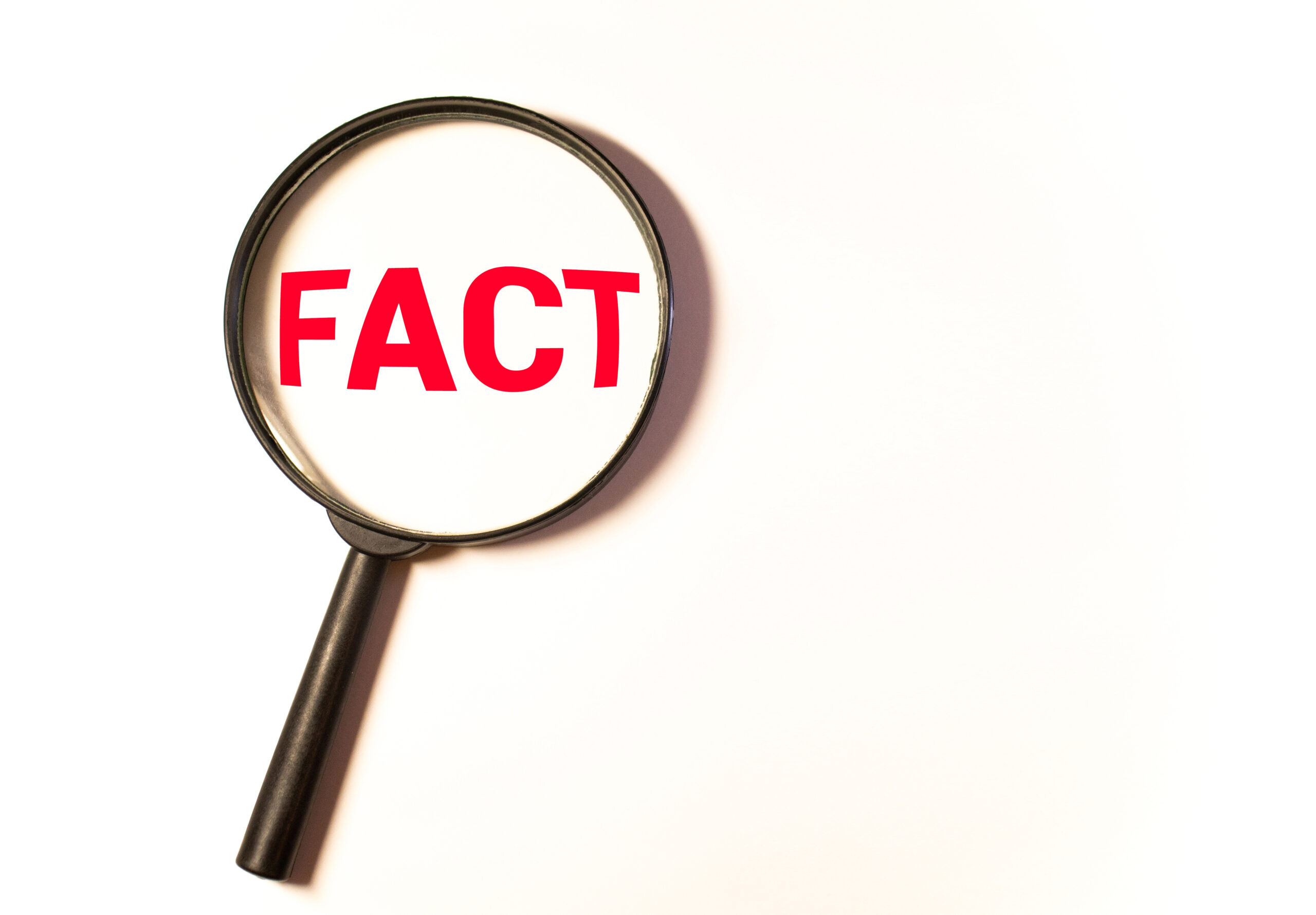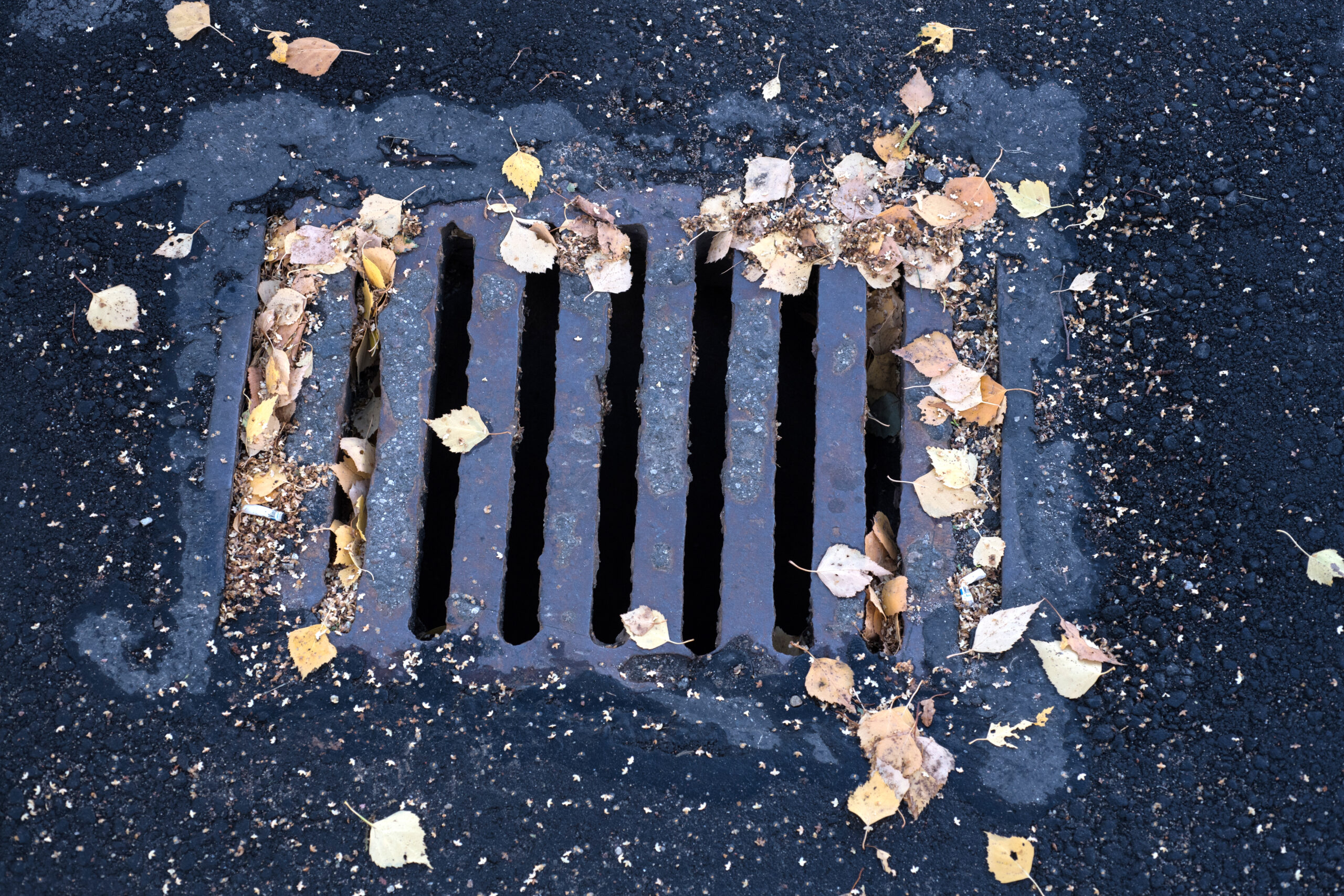Mudjacking Myths Debunked: Separating Fact from Fiction in Concrete Leveling
As you explore solutions for uneven concrete, you might encounter negative information about mudjacking. Often, these are misconceptions spread by competitors promoting alternative methods like polyjacking. Let’s clear the air and address some of these common myths:
Debunking Common Mudjacking Myths
Here are some common mudjacking myths being pushed out by people for their own agendas, and we’re here to prove them wrong.
Myth #1: Mudjacking Weighs Down the Soil, Causing Resinking
The Truth: Mudjacking uses a carefully formulated slurry that’s designed to support the weight of the heavy concrete slab above by filling voids beneath the concrete. This provides support and lifts the slab without putting excessive weight on the underlying soil. Additionally, proper assessment by a qualified mudjacking contractor ensures the chosen slurry complements the existing soil conditions.
Polyjacking Pitch: This myth is often used to promote polyjacking, a method that utilizes lighter-weight polyurethane foam. However, mudjacking offers distinct advantages like a lower cost and the ability to handle a wider range of soil conditions.
Myth #2: Mudjacking is a Short-Term Fix Compared to Polyjacking
The Truth: When performed correctly by a professional, mudjacking can provide a long-lasting solution for concrete leveling. The lifespan of a mudjacked slab can extend for decades with proper maintenance and addressing the underlying cause of settlement.
Polyjacking Pitch: This myth highlights the faster curing time of polyurethane foam used in polyjacking. While mudjacking might take slightly longer to cure completely, its durability and cost-effectiveness make it a compelling choice for many projects.
Myth #3: Mudjacking Leaves Large, Unsightly Drill Holes
The Truth: Mudjacking uses small access holes (typically 2-3 inches in diameter) drilled strategically for slurry injection. Once the process is complete, these holes are filled with a patching compound that matches the surrounding concrete, creating a minimal visual impact.
Polyjacking Pitch: Some might claim polyjacking requires even smaller injection points. However, the size difference is often negligible, and a skilled mudjacking contractor can ensure a clean finish with minimal patching needed.
Myth #4: Mudjacking Disrupts Your Entire Yard
The Truth: Mudjacking is a targeted approach that requires minimal excavation. The process is designed to be efficient and cause minimal disruption to your surrounding landscaping. Experienced mudjacking professionals prioritize minimizing dust and debris throughout the project.
Alternative Service Pitch: This myth might be used to promote alternative methods with less surface disruption. However, mudjacking offers a balance between effectiveness and minimal invasiveness, making it suitable for various applications.
Remember: When considering concrete leveling solutions, research and consult reputable contractors. Don’t be swayed by tactics that pit one technique against another. Choose the method that best suits your specific needs and budget based on a professional assessment.
Myth #5 Mudjacking Only Works for Small Settlement Issues
Reality: Mudjacking can effectively address a range of settlement depths. While minor settlements (½ inch to 4 inches) are most common, experienced contractors can handle deeper depressions (up to 6 inches or more) depending on the specific situation and soil conditions. They might utilize a staged lifting approach or incorporate additional techniques to ensure proper leveling for larger settlements.
Myth #6: Mudjacking Washes Away or Loses Effectiveness Over Time
Reality: The carefully formulated mudjacking slurry is designed to resist erosion and remain effective for a long time. While some environmental factors can play a role, a properly installed mudjacked slab shouldn’t lose its effectiveness due to minor water exposure. Additionally, the lifted concrete itself acts as a barrier against future water infiltration beneath the slab.
Myth #8: Mudjacking Creates Drainage Issues
Reality: Mudjacking is a targeted process that injects slurry beneath existing concrete, not adding any significant material on top. Therefore, it shouldn’t alter existing drainage patterns unless there were pre-existing issues related to the settlement itself. A qualified contractor will assess the situation to ensure the mudjacking process doesn’t negatively impact drainage.
Myth #9: DIY Mudjacking is a Cost-Effective Alternative
Reality: While mudjacking might seem like a simple process, attempting it yourself can be risky and ultimately cost more. The success of mudjacking relies on several factors:
- Choosing the Right Slurry Mix: Incorrect material selection can compromise the lifting capabilities or long-term effectiveness.
- Precise Injection Techniques: Uneven injection or improper pressure can lead to uneven lifting or damage to the concrete.
- Safety Protocols: Mudjacking involves working with specialized equipment and materials. Improper handling can pose safety hazards.
Hiring a qualified mudjacking contractor ensures proper material selection, safe and precise execution, and a guarantee of the work performed. This can save you money in the long run compared to potential problems arising from a DIY attempt.


